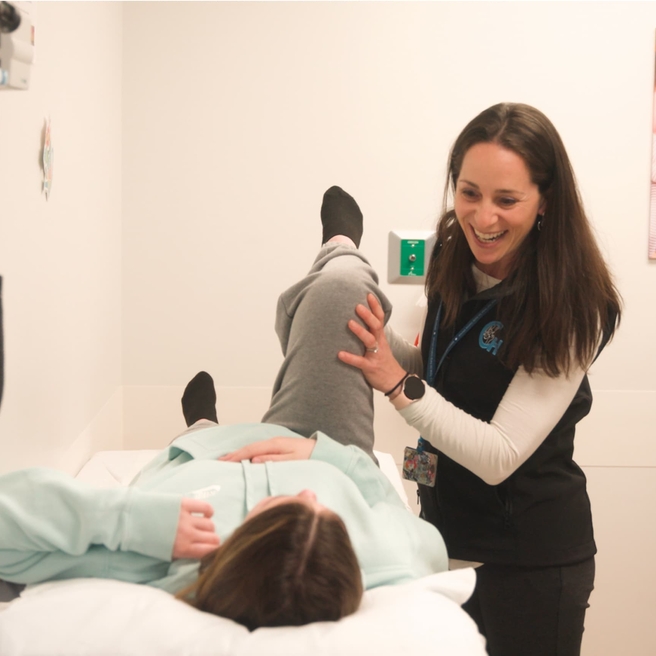What are hip cartilage tears?
A hip cartilage tear is a tear of the labrum — the O-ring type elastic tissue that surrounds the ball-and-socket hip joint — or the surface (articular) cartilage in the hip. Athletes who participate in sports like football, soccer, ice hockey and ballet are at higher risk for cartilage tears in the hip.
Symptoms of a torn labrum
Hip cartilage tears can cause pain, stiffness or a locking and clicking sensation in your hip joint. It can also limit the range of motion in your hip joint.
Diagnosis of a hip cartilage tear
A hip cartilage tear may be suspected after a detailed history and physical examination. X-rays won’t show the tear, but are necessary to look for femoroacetabular impingement or acetabular dysplasia which may be the underlying cause for the tear itself.
Advanced Imaging helps our doctors better understand what’s going on deep inside your hip socket and is the best way to diagnose a hip cartilage tear. Depending on your symptoms, condition and X-rays, we may recommend specialized advanced imaging studies, which are all available at CHOP:
- 3-D reformatting imaging — computed tomography (CT) scans that combine X-rays and computer technology to create three-dimensional models of the hip anatomy
- Delayed gadolinium-enhanced MRI of cartilage (dGEMRIC) — imaging where an MRI scan is dedicated to detecting early cartilage breakdown and allows mapping of areas of early osteoarthritis or focal cartilage injury
- Radial hip reconstruction — MRI reconstruction technique that takes slices of the hip joint circumferentially around the ball and socket and allows for more accurate identification of areas of potential femoracetabular impingement compared to conventional radiography
Treatment for torn labrum/hip cartilage tears
Non-surgical treatment for cartilage tears may include activity modification, pain medication, injections, and/or physical therapy.
If surgery is necessary many hip cartilage tears can be treated with hip arthroscopy or surgical dislocation of the hip.
Cartilage tears are often associated with femoracetabular impingement or acetabular dysplasia and treatment may be targeted at relieving both conditions.

Why choose CHOP
CHOP’s Hip Preservation Program focuses on hip conservation in young adults to stop continued damage and prevent the need for premature hip replacement.
Resources to help
Young Adult Hip Preservation Program Resources
We have created resources to help you find answers to your questions and feel more confident in decisions you make about treatment.
Reviewed by Wudbhav N. Sankar, MD
